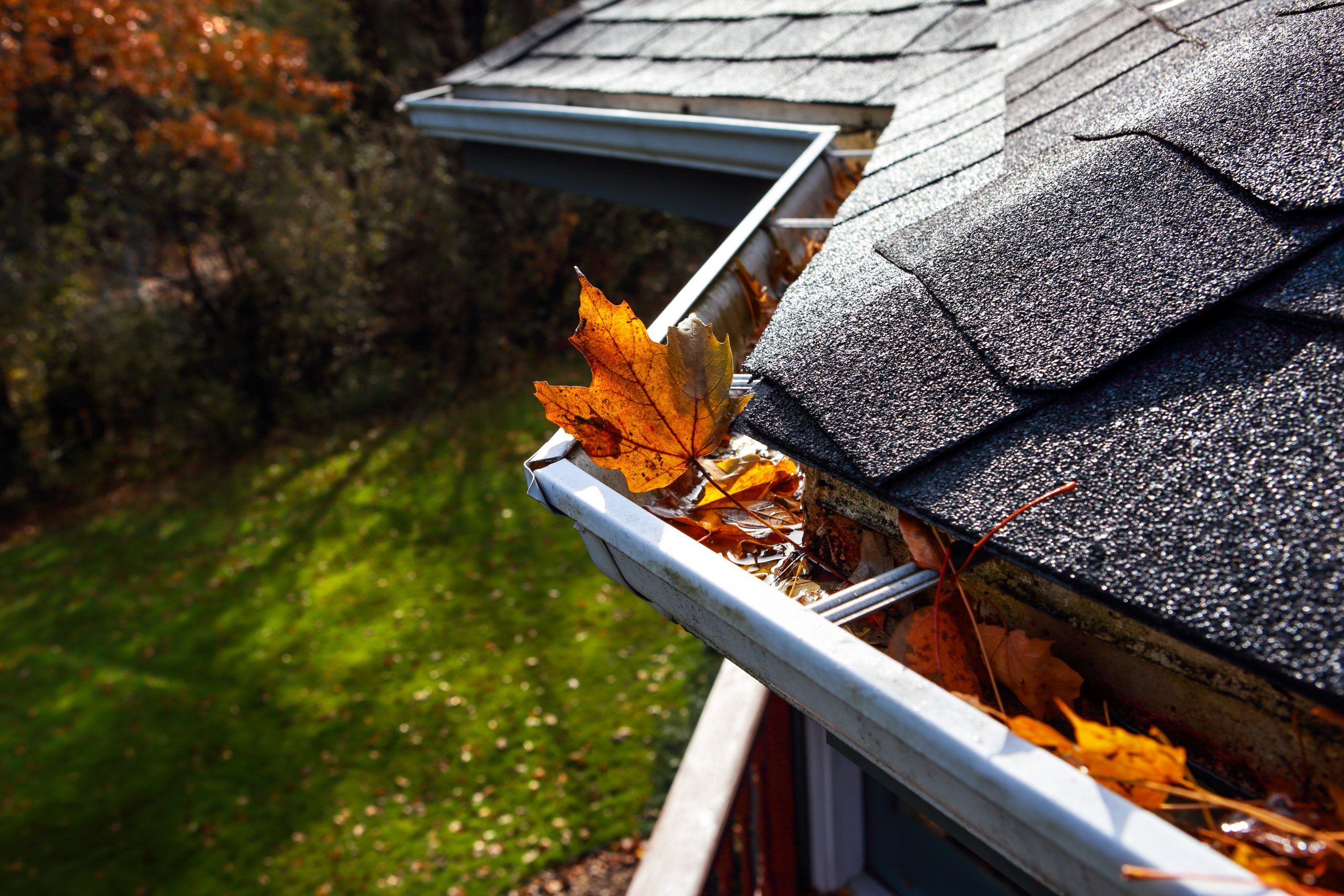 (412) 364-9114
(412) 364-9114

During a bad storm, a clogged gutter sends a cascade of water down the side of your home, causing damage to your home’s foundation. Cleaning gutters and making sure they are free of leaves and debris will help prevent damage. This is easy for the average DIYer to do, however if you find yourself asking how often should I do it? And what’s the process like? Well, this blog has the answers for you! In this article, we give you the answers to the most commonly asked questions about cleaning gutters.
If you can’t remember the last time you climbed a ladder to clean your clogged gutters, it’s likely that they’re in need of one. It’s recommended that you clean your gutters at least once a year–if you have an abundance of overhanging trees, twice a year is best. Most blockages occur where downspouts join the gutter system, so be sure to routinely check those areas.
When it rains, be on the lookout for these signs:
If it’s not raining and you want to check for clogs, look for these signs:
Downspout elbows & seams – These are the most likely spots for clogs to form. To check for a clog in these areas, take a screwdriver and lightly tap the outside of downspout. While doing so, listen for a dull thud as opposed to a hollow ringing. This will indicate the location of the clog.
The downspout cage – This wire strainer is designed to trap debris while allowing water to flow through. Most downspout cages are located where the downspout intersects the gutter. In the event that this piece becomes bent or out of place, it can clog.
Gutter hangers & spikes – These often slip free or detach from the side of your home and end up laying in your gutter. The longer these obstructions lay there, the more debris they collect i.e., twigs, leaves, pinecones etc.
If you still haven’t identified the location of the clog after checking each of the areas listed above–then the clog is likely in an underground pipe. At that point it’s best to call in a professional.
If the clog occurs at an elbow or seam:
If the clog is in your downspout cage:
If the clog is caused by loose hangers or spikes:
Even with these tips in mind, cleaning your gutters and downspouts is still a chore you likely dread each fall. Don’t go it alone, especially if you lack the time or physical ability to clean the gutters safely by yourself. Instead, give Terry’s Plumbing a call today!